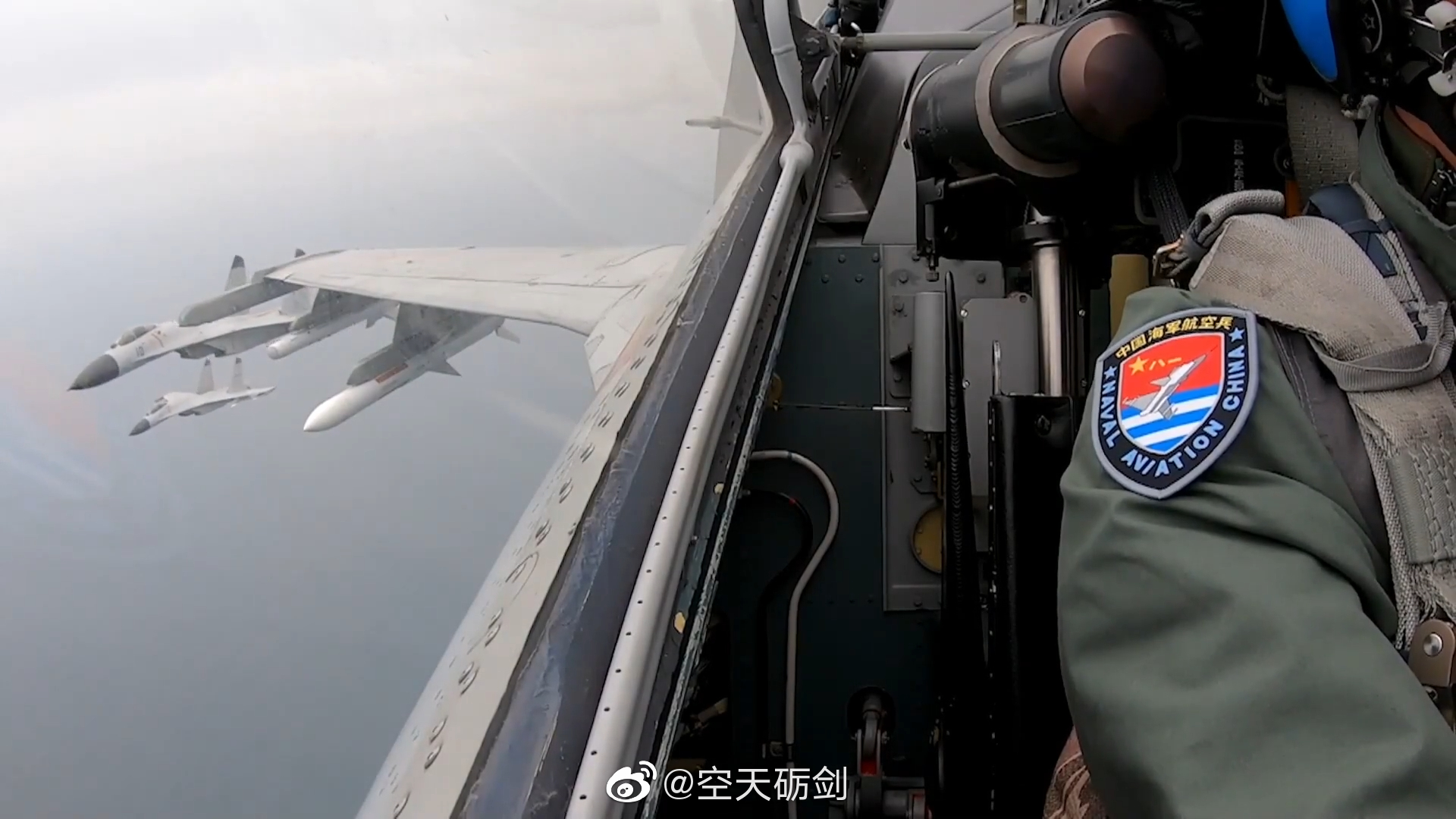Wrong. Its not packaging technology that determines that. Its sheer physics.
If elements are too close to each other, something called mutual coupling happens. This means radio waves from one element interferes and transfers to the next element, affecting the next element, causing a loss of efficiency and gain. To counter the effects of mutual coupling, the elements need to be separate each other.
How far can you separate the elements? If you go too far, it will result in grating lobes. To prevent grating lobes, the accepted rule is 1/2 (or just slightly over) of the frequency band used by the radar. The shorter the frequency, the shorter the spaces, the longer the frequency, the longer the space. A radar that works on a meter wavelength means the elements must be separated by half a meter from each other. Radar working on a 10 cm wavelength, means about 5 cm element separation, just for example.
Frequency used determines the distance and separation of the elements, and also of the density of the array.
Duty cycle is determined by range of the target. Why?
Because the radar has to wait for the echo. The farther the target, the longer the radar has to wait for the echo. Only after it has received the echo can the radar transmit again. PRT is determined by range, the closer the target, the faster the pulses, the farther the object, the longer the pulses.
Mechanical fire control radars are capable of extremely fast pulse, for example, the radars used by CIWS that are used to track very close targets.
5G is the state of the art when it comes to DSP use. Guess who is ahead.
The bigger the array, the more receiving elements, the greater the measurable difference between elements from one side to the other, up and down, left and right.
The same can be said of telecom and communication technology when the AT&T monopoly was the "Huawei" of the US.
A larger plane allows for a larger radome. That's not hard to understand. Its also the same advantage the F-15 has over the F-16.
And what is an Su-35? Its still a Flanker, and a Flanker that is getting 1m2. At 2004, meaning this is older tech than an Su-35 today and the Su-35 at that time even had canards. It may even get lower if they decided to angle the radome, or do serration on the radome rim, or add grids on the cockpit glass. Further RCS reduction is possible if you attack the RCS on the AAMs and payloads.


